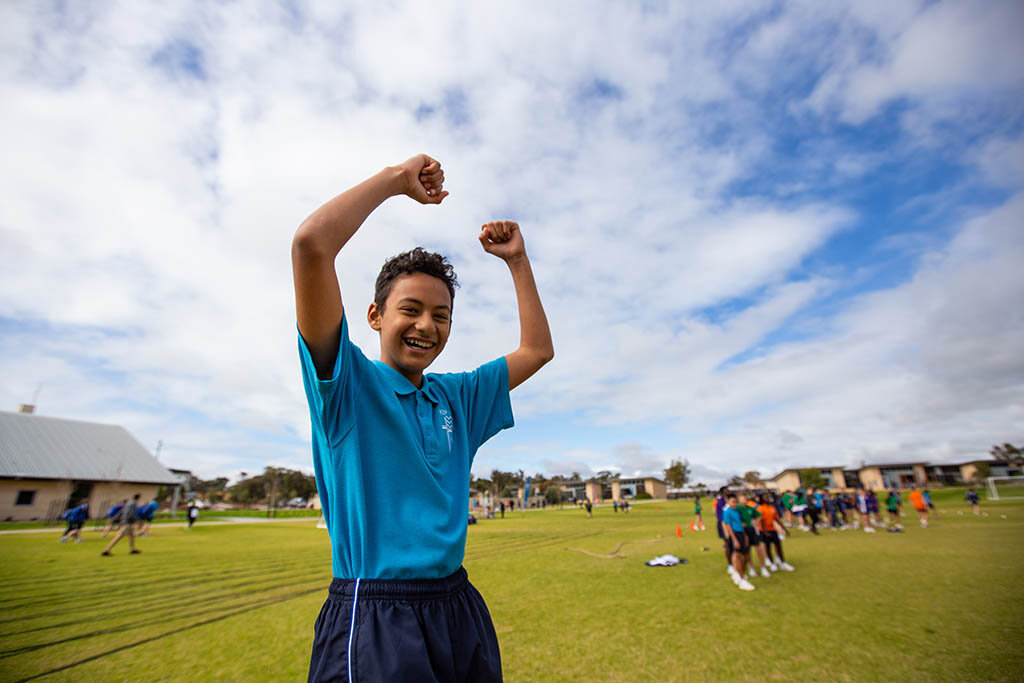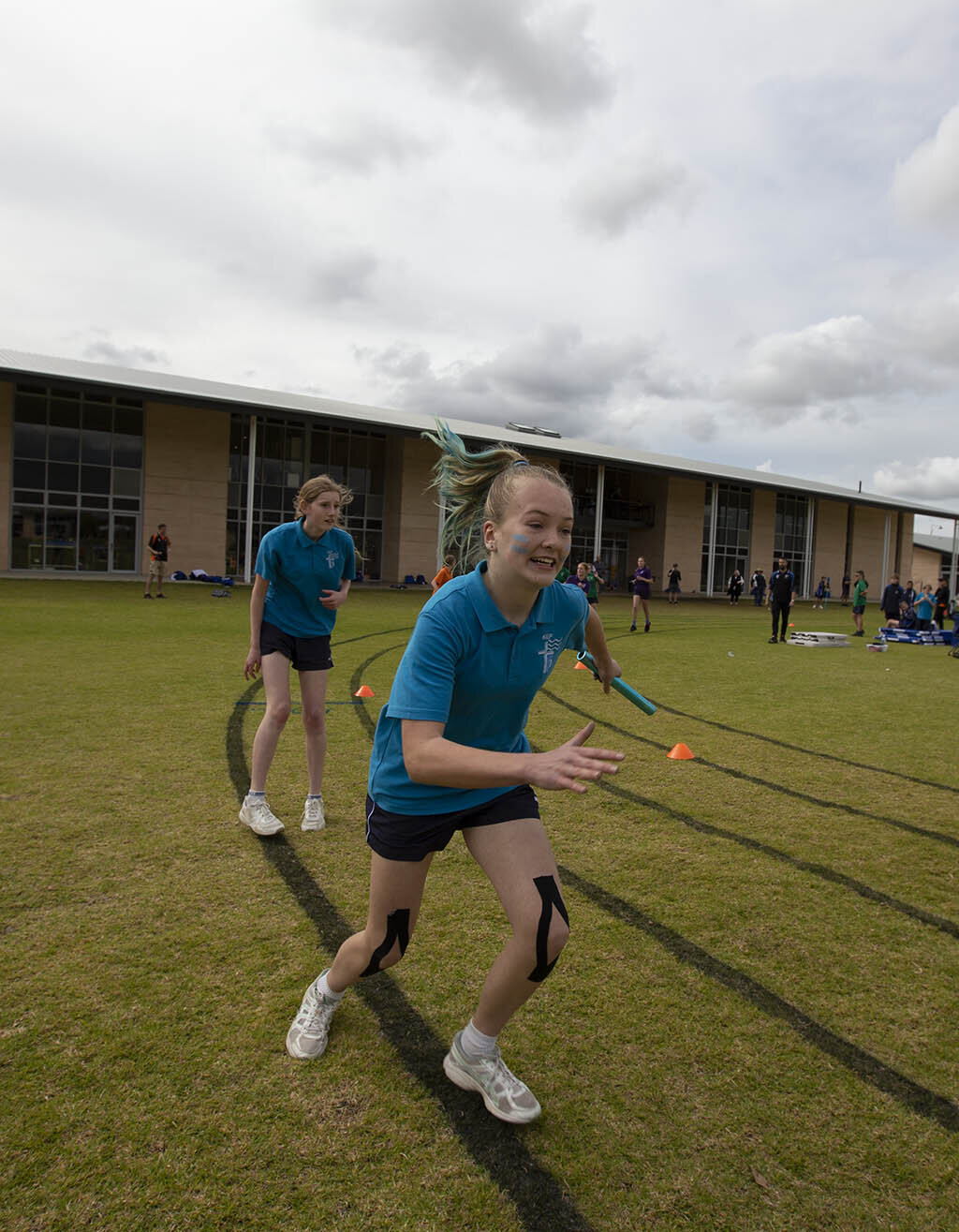Water
Wagyl (Snake)
Bilya / Beeliar (rivers)
Boroong (the rain)
Koondarnangor (Thunder)
Ngamma (Water holes)
Pinjar (Estuaries, swamps and lakes)
Nyoongar people believe in the Nyitting or ‘Dreaming’ as the time of creation. This was a time when all things were created by the ancestral spirits.
Nyoongar’s have a strong belief about the Wagyl, the rainbow mythical serpent whom roamed the earth and the sky creating Koondarnangor (thunder) and babanginy (lightning) when angered and before boorong (the rain).
KEP
is my house
The Wagyl is the giver of life. It is responsible for creating and maintaining the fresh waterways, like the bilya/beeliar (rivers), pinjar (estuaries, swamps and lakes) and ngamma (waterholes). As the Wagyl slithered across the surface of the earth, including the Darling Scarp (hills) it created the waterholes, sand dunes, bays and lakes we see today.
Nyoongars believe that if there is no Wagyl around then there will be no water. Nyoongar elders always want fresh water for drinking, cooking and cleansing. They stopped children swimming if the water if it was muddy because it was believed that the Wagyl was feeding.
Nooongar people’s reliance on and the availability of Kep was essential to their survival. Kep is essential for the wellbeing of all living creatures, humans, birds, animals, plants and insects that we see today.
During the months of Djeran (April – May) when the winds become cooler, Makuru (June to July) when it becomes cold and wet and Djilba (August to September), Kep is in abundance. It provides much needed nutrients and moisture for all living things to grow. Kep fills the waterways, river systems and underground lakes as storage in advance of the hot summer months.
The importance and availability of Kep has been central to the survival of many animals, bird species, plants, insects and ocean creatures over the centuries. Nyoongar people, as the keepers of the land, have an ongoing responsibility to ensure that resources are managed effectively.







